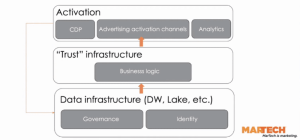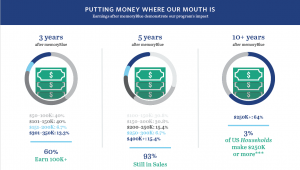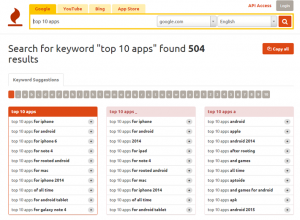— April 22, 2019
Congratulations! You’ve won a new customer and helped them learn how to use your product or service. What happens next? In a perfect world, the customer would fully leverage it, then spread the word about your business to their friends and community. But in reality, all products and subscriptions have a learning curve that can block a customer from fully adopting the product. That’s why customer success teams need to continually educate customers about useful features and demonstrate the product’s value long after onboarding.
Supporting new customers during the adoption phase is a vital step in increasing retention. Once you learn how to increase product adoption rates, customers often become brand evangelists who tell their friends, family and social media contacts about your product. And you can’t find a better scenario than retaining customers while also winning new ones.
How to Measure Product Adoption Rates
Before you can work on improving product adoption, you will need to gauge your company’s current product adoption rates.
Luckily, product adoption is defined by a set of measurable user behaviors. Think about the adoption habits of two groups of subscribers: new and existing customers.
- External Adoption: New customers adopt existing features.
- Adoption Flags: New customers use new features. If they have trouble, it’s a red flag, while new customers who do well are green-flagged.
- Internal Adoption: Existing users try out new features.
- Routine Adoption: Existing users have adopted existing features.
Routine adoption is the least urgent of these four behaviors, as established users should be able to use your existing features. If your routine adoption rates are low, it could mean that some of your features are difficult to use and you may need to offer more customer education.
When it comes to internal adoption, you’ll want to consider how much time it takes for an existing user to try a new feature. New features should be easier for existing customers to figure out, and if they are having problems, new customers likely will as well.
External adoption and adoption flags are the most critical metrics. Monitor how long it takes each customer to first use existing features, then calculate the average time to first usage for all new users within a given time period. Look for adoption red flags and take action when they appear. Leveraging new product features is an important part of the adoption period, as new features allow you to continually deliver value for customers.
Here’s how to calculate adoption rate:
Adoption Rate (A) = Number of New Users (N) ÷ Total Number of Users (T)
It’s a straightforward calculation with only has one caveat: always calculate an adoption rate for a specific unit of time, such as per month or per quarter. If you calculate the rate for different units of time, you will not get an accurate or consistent picture of your adoption rates. Furthermore, you will be unable to find patterns within that data, such as adoption rates that grow higher or lower at different times of the year.
How to Increase Product Adoption Rates
Once you know where you stand, it’s time to start increasing your product adoption rates. It isn’t a difficult process, but it requires the ability to closely monitor each customer’s use of your product. If this sounds challenging, consider investing in a customer success platform that will help you monitor product use and enhance all customer interactions. If you have a large number of customers, product lines or sales channels, customer success software will be especially useful. Customer success platforms incorporate adoption best practices and make it easier to implement your engagement strategies. And by providing visibility into the status of each task, they ensure that all action items are completed and that no customer’s account slips under the radar.
Kick off your efforts to raise adoption rates by learning about your customers’ behaviors. How many new customers have used the product within the past month, and how often do they use it? When are the peak hours of use? Are there any similarities between frequent users? Which customers haven’t been using the product at all? By leveraging a customer success platform that offers visibility into adoption statuses, you’ll start to notice patterns. This will show you where adoption bottlenecks are happening so you can take action.
Monitor product usage so your team can keep customers fully engaged with the product. Watch for any changes in behavior that might indicate trouble, like a drop in usage. Customer success platforms can be automated to respond to these events with supporting materials such as “how-to” videos that teach customers more about the product and encourage use. By keeping a close eye on each account and responding proactively to any issues, you can soften the learning curve and prevent churn.
Using Product Adoption Rates to Grow Your Customer Base
When you get a new customer, it’s critical that you help them fully adopt your product. Monitor their product usage, keep them engaged, project a positive brand image, and encourage users to try new features. This will ensure that new customers see the value of your product quickly and continue to experience this value throughout their journey. When you constantly nurture the customer relationship with attentive interactions, then your customers will soon become advocates for your brand.
So, make it a priority to help new and existing users alike make the most of your product. Calculate product adoption rates on a regular basis to ensure all customers are receiving the value they deserve.
Business & Finance Articles on Business 2 Community
(83)
Report Post







